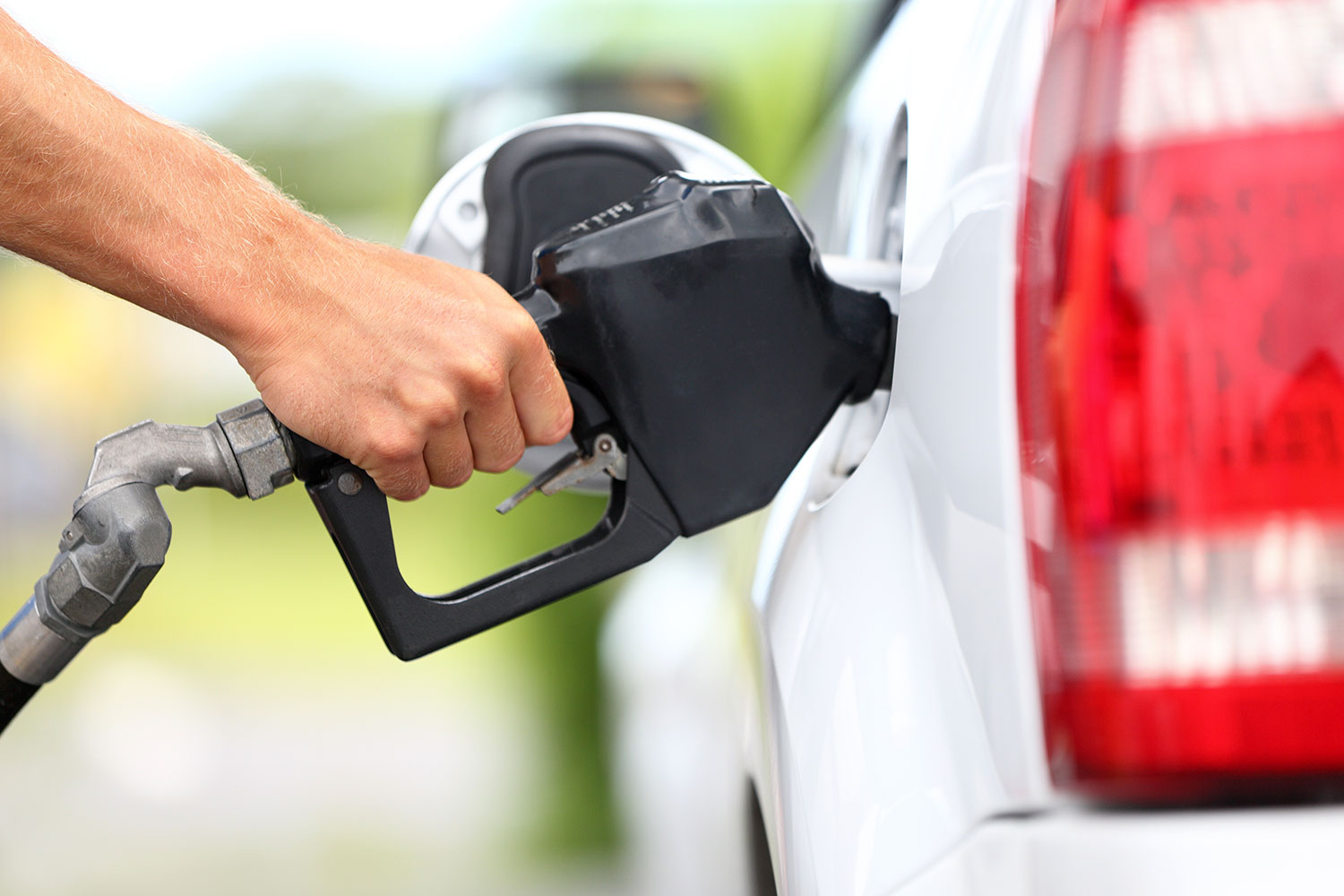Blockchain: Gas Fees

Navigating the world of blockchain can be both exciting and overwhelming, especially when it comes to understanding the costs associated with executing transactions. One of the key concepts that often confuses newcomers is the idea of “gas” fees, a fundamental part of how public blockchains like Ethereum function. Gas fees act as the fuel that powers every action on these decentralized networks, ensuring that transactions are processed, smart contracts are executed, and security is maintained.
What is Gas in Blockchain?
Gas in the context of blockchain, particularly Ethereum, refers to a unit that measures the amount of computational effort required to execute operations such as transactions, smart contract executions, and other functions within the network. Simply put, gas is like the fuel that powers the blockchain. Without it, the decentralized applications (dApps) and transactions on the blockchain wouldn’t be able to run.
Gas fees are paid in the native cryptocurrency of the blockchain. For instance, on Ethereum, gas fees are paid in Ether (ETH). Each computational action has a set gas price. Your fees are the total cost of the actions in your transaction. When sending a transaction or running a smart contract, users pay gas fees to process it.
How Does Gas Work?
When a user wants to perform a transaction or run a smart contract on a blockchain, they specify a gas limit and a gas price:
-
Gas Limit: This is the maximum amount of gas that the user is willing to spend on a particular transaction. If the transaction runs out of gas before completion, it will be reverted, and the user will lose the gas spent up to that point. Setting a higher gas limit ensures that complex transactions have enough fuel to be executed but also increases the risk of spending more than necessary.
-
Gas Price: This is the amount of ETH (or other cryptocurrency, depending on the blockchain) that the user is willing to pay per unit of gas. The gas price is typically measured in gwei, which is a small fraction of ETH. A higher gas price can speed up the transaction as miners prioritize transactions that offer higher fees.
The total fee for a transaction is calculated by multiplying the gas limit by the gas price. For example, if a transaction requires 21,000 gas units and the gas price is 50 gwei, the transaction fee would be 1,050,000 gwei or 0.00105 ETH.
Why Do Gas Fees Fluctuate?
Gas fees can fluctuate significantly due to various factors that increase demand for processing transactions. Popular decentralized apps (dapps) or NFTs can cause gas fees to rise. This is because users are willing to pay more to have their transactions processed faster, leading to congestion and higher fees. More complex operations, such as executing a smart contract, require more computational power and, therefore, higher gas fees. Simple transactions, like sending ETH from one wallet to another, requires less gas.
The Importance of Gas Fees
Gas fees play a crucial role in maintaining the health and functionality of a blockchain network. Gas fees compensate miners (in PoW systems) or validators (in PoS systems) for the computational resources and energy they use to process transactions. Without these incentives, the decentralized nature of the blockchain would be at risk. Requiring a fee for every transaction prevents malicious users from flooding the network with spam transactions. By attaching a cost to each action, the network ensures that only legitimate and economically viable transactions are processed.
Gas fees help allocate network resources efficiently. Users willing to pay higher fees can have their transactions processed faster, while those who opt for lower fees might experience delays during periods of high demand.
Conclusion
Layer 2 solutions, such as Optimistic Rollups or zk-Rollups, aim to process transactions off the main Ethereum chain, reducing congestion and gas fees. Some users opt to use blockchains with lower gas fees, such as Binance Smart Chain (BSC) or Polygon, depending on their use case.
Gas fees are an integral part of blockchain operations, serving as both a security measure and an economic incentive for the network’s participants. While high gas fees can be a barrier to entry, understanding how gas works and adopting strategies to manage costs can help users navigate the blockchain ecosystem more effectively.
References and Further Reading
-
Ethereum Foundation. “Network fees”. https://ethereum.org/en/gas/#what-is-gas
-
Cryptopedia. “What Are Ethereum Gas Fees?”. https://www.gemini.com/cryptopedia/what-are-gas-fees-gwei-gas-fees-eth-ether-transaction-fee
-
Milk Road. “Ethereum Gas Fees”. https://milkroad.com/ethereum/gas/
-
Crypto.com (2024). “What Are Ethereum Gas Fees?”. https://crypto.com/university/what-is-gas
